Olives — one of the oldest cultivated fruits in human history — have nourished Mediterranean civilizations for over 6,000 years. Known for their rich, savory flavor and significant health benefits, olives are a staple ingredient in Mediterranean cuisine and a sought-after product worldwide. From extra virgin olive oil to brined table olives, the global demand for olives has surged over the past decades. But which country leads the world in exporting this treasured fruit?
In this article, we’ll uncover the world’s largest olive exporter, explore the history and significance of olives in global trade, and break down the factors that make certain countries dominate this unique market.
The Global Importance of Olives
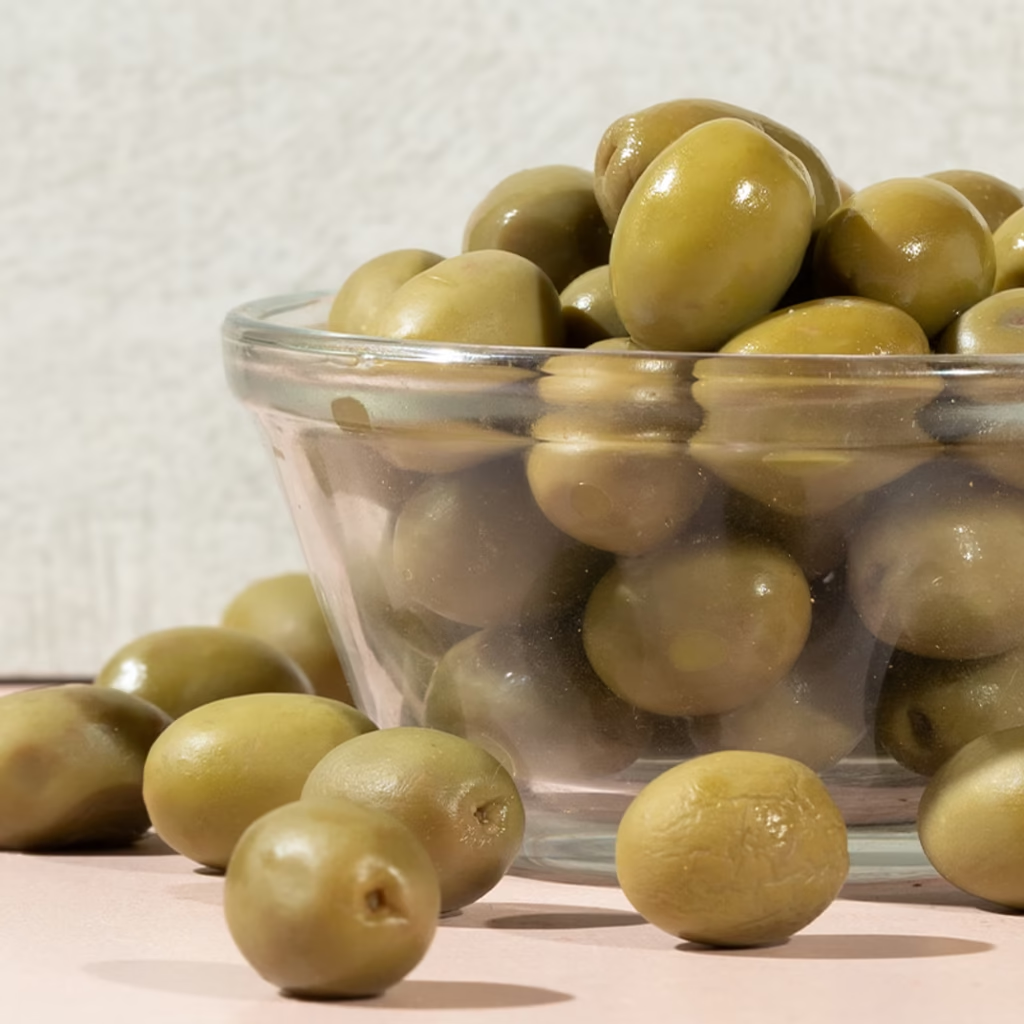
Olives are cultivated primarily in the Mediterranean Basin, where the hot, dry summers and mild, wet winters create the perfect conditions for olive trees to thrive. Today, more than 90% of the world’s olives are grown in Mediterranean countries, but the market for olive-based products — especially olive oil and table olives — has expanded globally.
Two primary product categories dominate olive exports:
- Olive Oil: A liquid gold prized for cooking, dressings, cosmetics, and pharmaceuticals.
- Table Olives: Whole or processed olives consumed as snacks, appetizers, or garnishes.
Combined, these products contribute billions of dollars annually to the global food trade.
Spain: The Unquestionable Olive Export Leader
When it comes to olives, Spain stands tall as the largest exporter in the world — both in terms of olive oil and table olives.
Export Statistics:
- Spain produces approximately 35-40% of the world’s total olive oil supply.
- In 2023, Spain exported over 466,000 metric tons of virgin olive oil, generating an estimated $3.15 billion in export revenue.
- In the table olive category, Spain exported nearly 350,000 metric tons, valued at over $950 million, making it the world’s top exporter by a wide margin.
Andalusia, especially the province of Jaén, is considered the olive capital of the world, producing around 20% of the global olive oil supply alone.
A History of Spanish Olive Cultivation
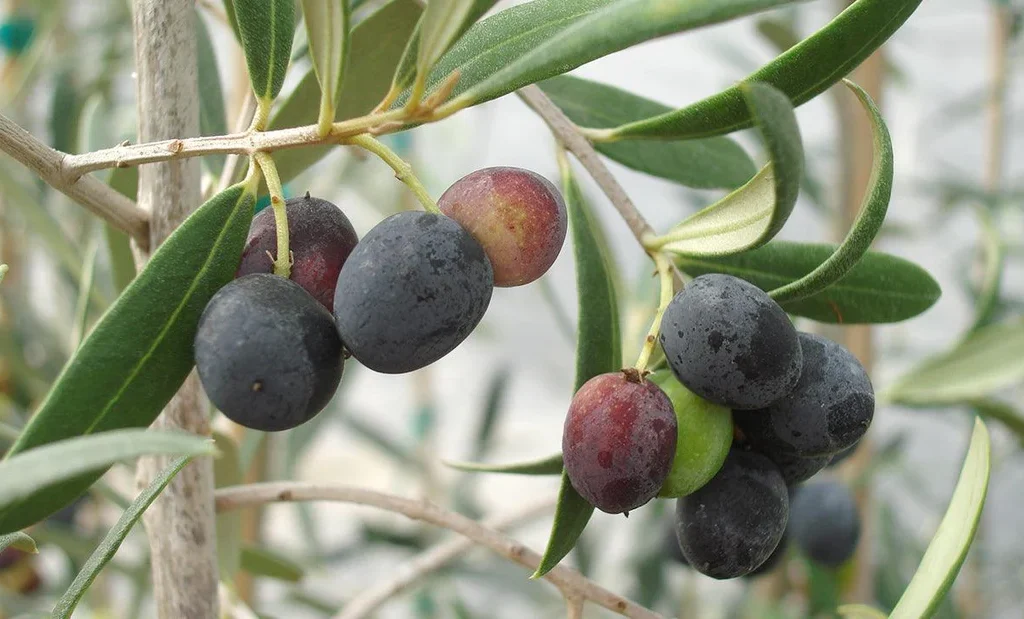
Spain’s olive legacy dates back to the times of the Phoenicians, Romans, and Moors, each of whom left a lasting mark on the country’s agriculture. Over centuries, olives became an essential part of Spanish cuisine, economy, and culture. Spain is home to over 260 native olive varieties, more than any other nation, enabling it to produce a diverse range of olive products tailored for international markets.
Why Spain Leads the Olive Export Market
Several reasons explain Spain’s dominance in the global olive trade:
Ideal Climate
The Mediterranean climate of southern Spain, with long, hot summers and mild, rainy winters, creates optimal conditions for olive tree growth and consistent harvests.
Advanced Olive Industry Infrastructure
Spain boasts highly developed, modern facilities for harvesting, processing, and bottling olive products. Its Individual Quick Freezing (IQF) systems and modern olive mills maintain product freshness and quality for export.
Product Variety and Quality
Spain leads in both extra virgin olive oil (EVOO) and table olives, offering different olive oil grades and olive types like Manzanilla, Hojiblanca, Picual, and Arbequina.
Established Trade Networks
With strong export channels to North America, Europe, Asia, and the Middle East, Spanish olives are easily accessible worldwide.
Other Major Olive Exporters
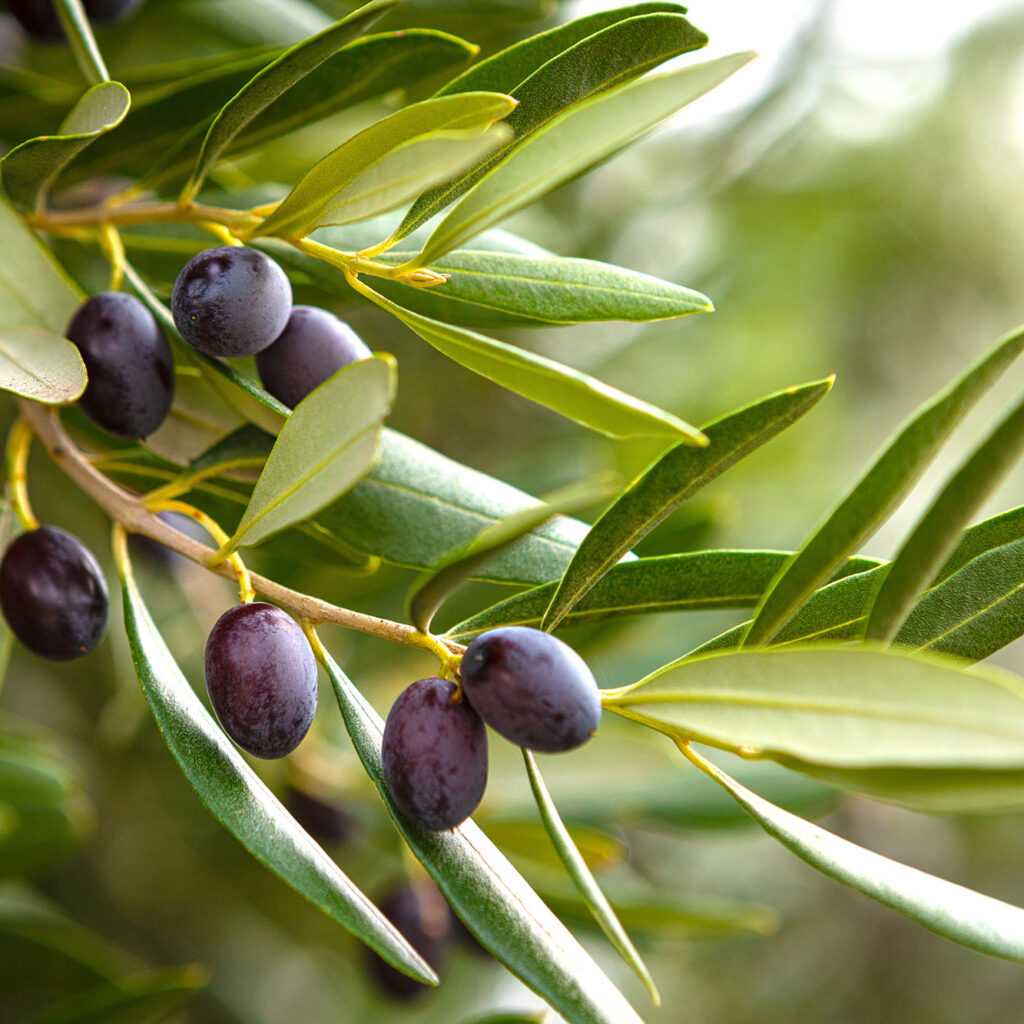
While Spain dominates, several other Mediterranean countries also hold significant positions in global olive exports:
Italy
Italy is renowned for its premium olive oils and artisan table olives.
- Exports about 18% of the world’s olive oil.
- Italian brands often focus on high-end EVOO with Protected Designation of Origin (PDO) certifications.
- Major markets include the United States, Germany, Japan, and France.
Greece
Greece is the third-largest olive oil exporter globally.
- Accounts for 10-11% of the world’s olive oil exports.
- Famous for its Kalamata olives and organic EVOO.
- Exports predominantly to European Union, U.S., and Australia.
Tunisia
Tunisia is a rising olive oil powerhouse.
- Exports around 10% of the world’s olive oil.
- Its bulk shipments are often repackaged under European labels.
- Tunisia benefits from abundant sunshine and cost-effective production.
Portugal
Portugal has rapidly grown its olive sector.
- Contributes 9-10% of global olive oil exports.
- Focuses on high-quality EVOO and table olives.
Global Olive Oil Export Market Share (2023)
| Country | Market Share (%) | Export Value (USD) |
|---|---|---|
| Spain | 36% | $4.34 billion |
| Italy | 18.7% | $2.2 billion |
| Greece | 10.7% | $1.26 billion |
| Tunisia | 10.2% | $1.2 billion |
| Portugal | 9.8% | $1.15 billion |
Table Olive Export Leaders
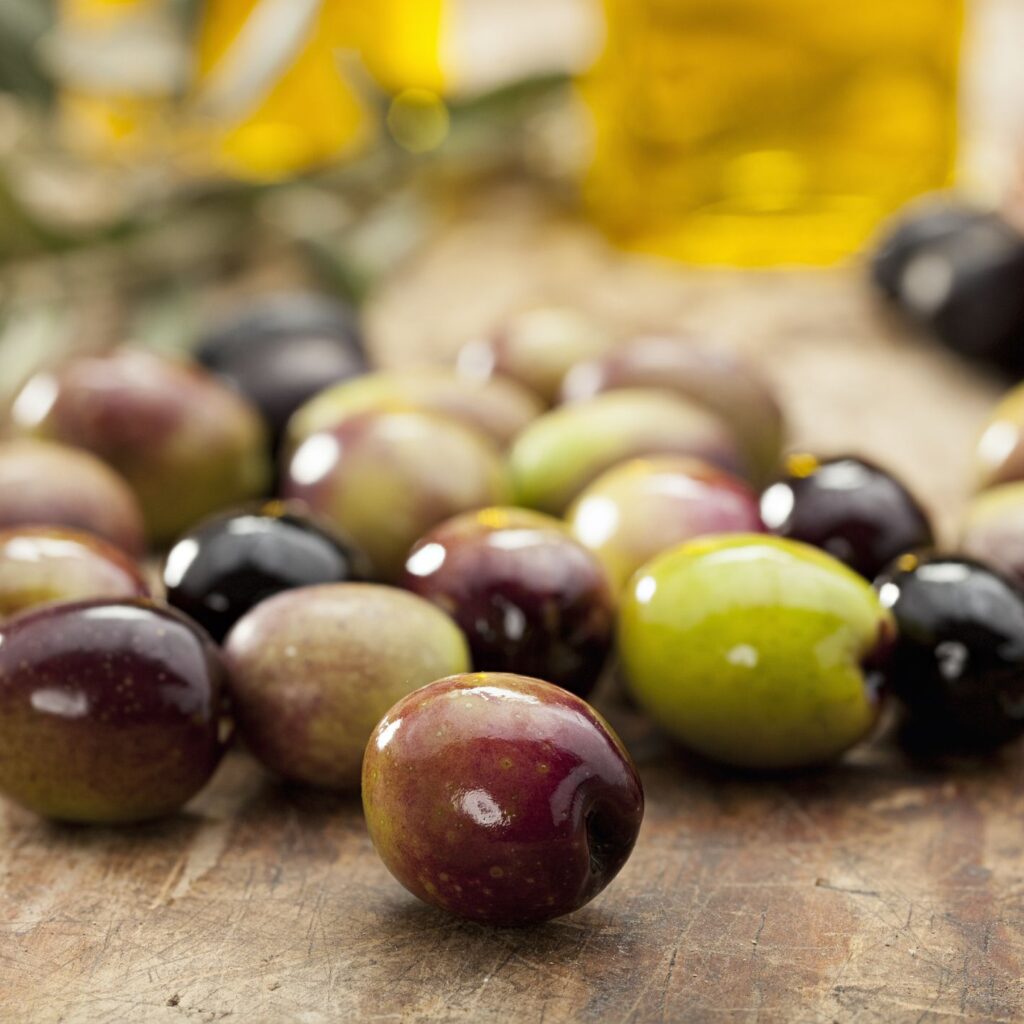
In the table olive market:
- Spain leads with nearly 38% market share.
- Greece, Turkey, Egypt, and Morocco follow, focusing on brined, stuffed, and pickled olive varieties.
Global Trends and Future Outlook
The olive export market is poised for steady growth, driven by:
Rising Health Awareness
The Mediterranean diet, rich in olive oil, is increasingly recommended for heart health and anti-inflammatory benefits.
Premiumization
Demand for high-quality extra virgin olive oils and specialty table olives, including organic and PDO-certified products, is growing worldwide.
Emerging Markets
Consumption is rising in Asia (especially Japan, China, South Korea) and Latin America, presenting new opportunities for exporters.
Climate Challenges
Spain and Italy recently faced severe droughts and heatwaves, affecting harvests and causing temporary price spikes. Climate-resilient farming techniques and diversification into new olive-growing regions will be crucial.
Olive Export Challenges
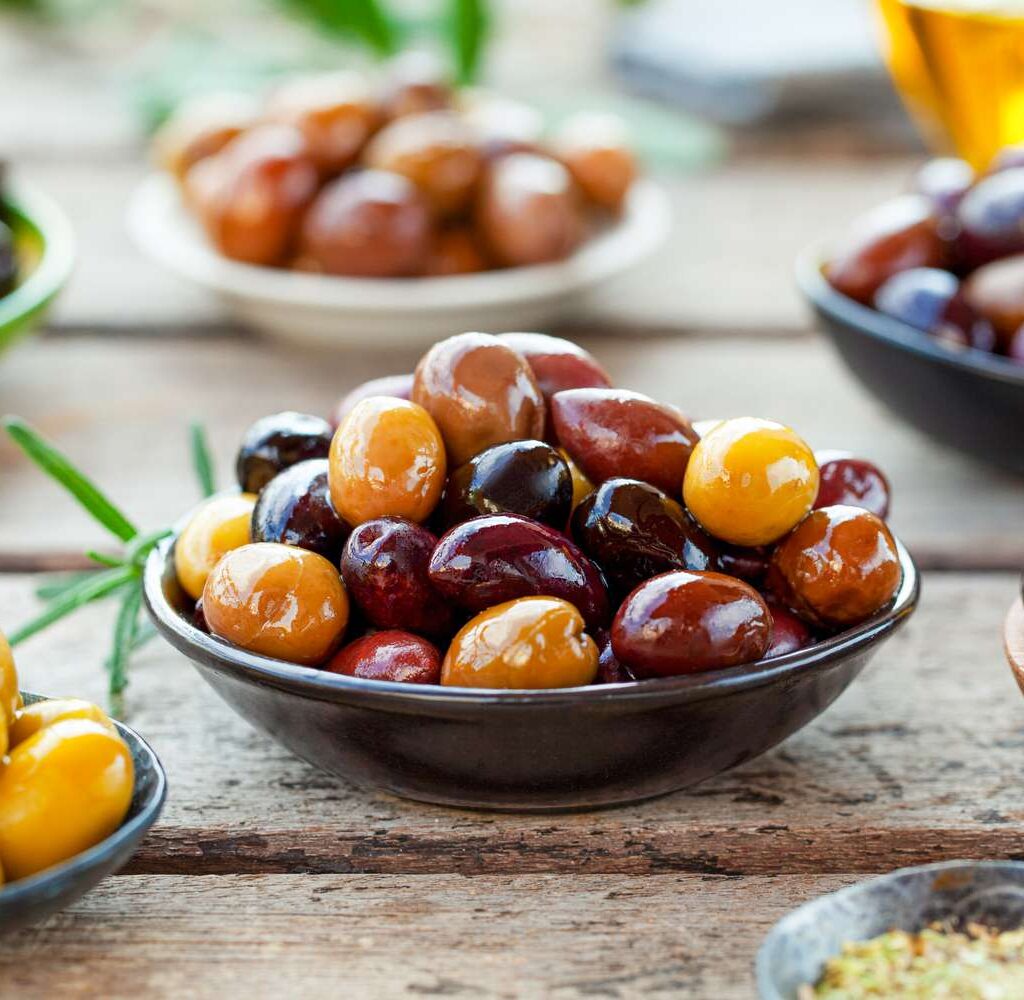
While lucrative, the olive trade faces several hurdles:
- Climate volatility impacting yields.
- Rising production and shipping costs.
- Price sensitivity in non-premium markets.
- Competition from emerging producers like Morocco, Argentina, and Egypt.
Conclusion
When it comes to olive exports — whether for olive oil or table olives — Spain is the undisputed world leader. In 2023, it shipped over 466,000 metric tons of virgin olive oil, earning more than $3.15 billion, and nearly 350,000 metric tons of table olives worth over $950 million. Its ideal climate, diverse olive varieties, state-of-the-art production facilities, and strong international trade networks ensure its dominance.
While Italy, Greece, Tunisia, and Portugal maintain significant shares in the olive market, none rival Spain’s scale and global influence. With rising health awareness and global demand for premium olive products, Spain is well-positioned to lead the world’s olive trade for years to come.
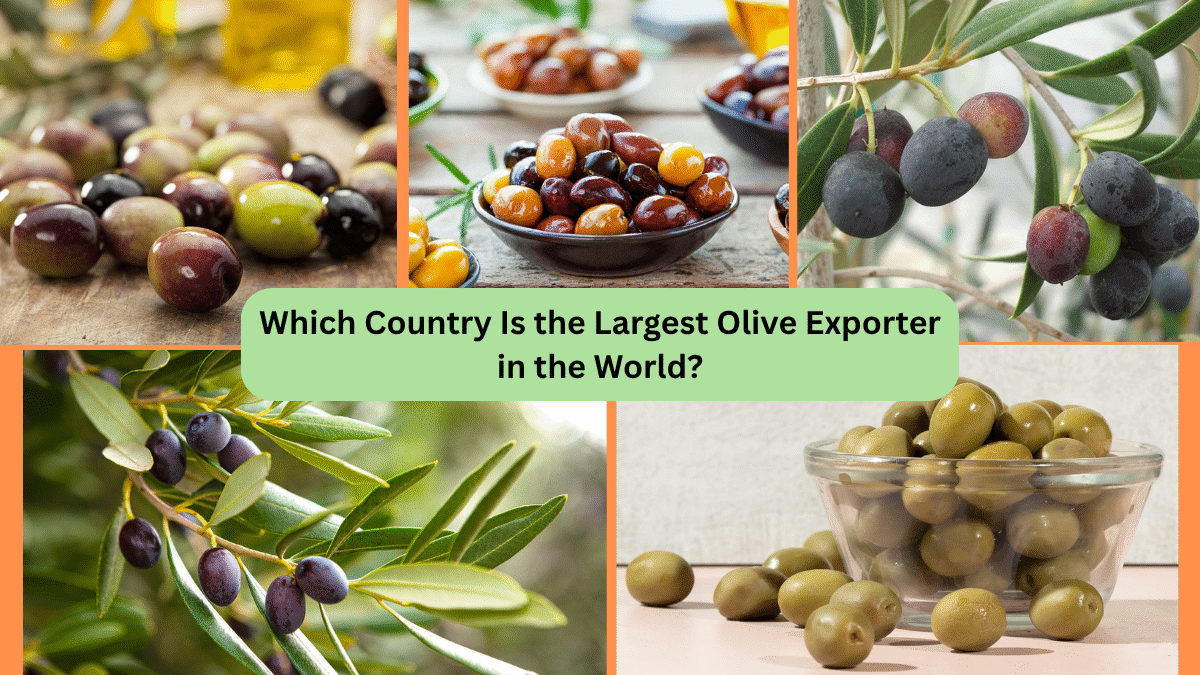



Leave A Comment